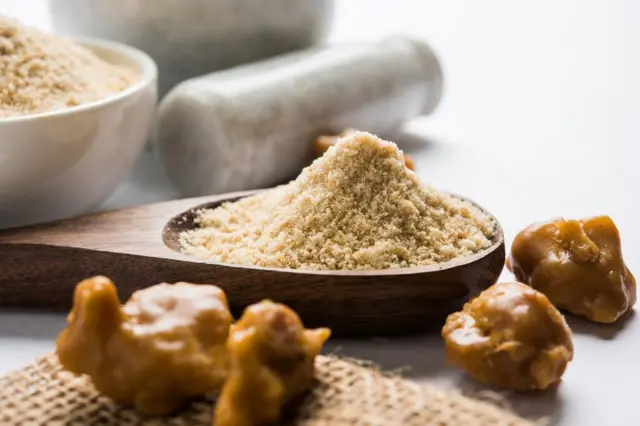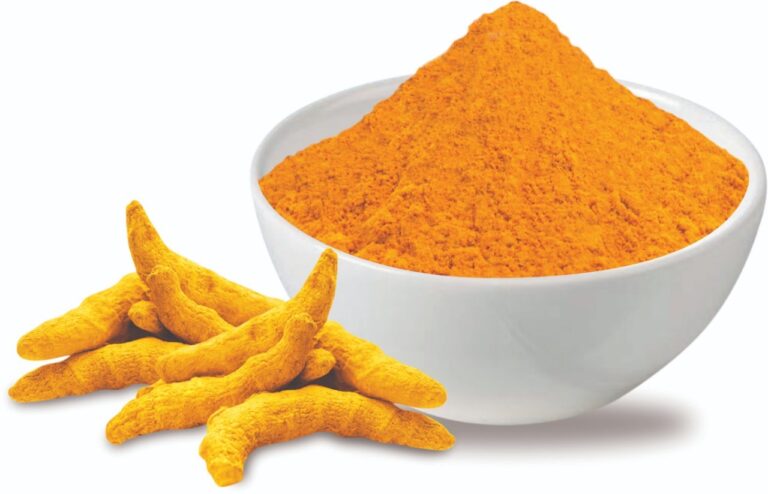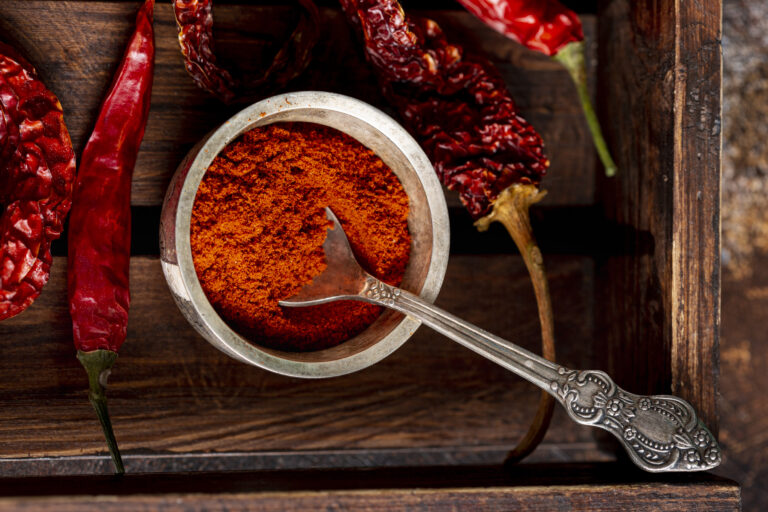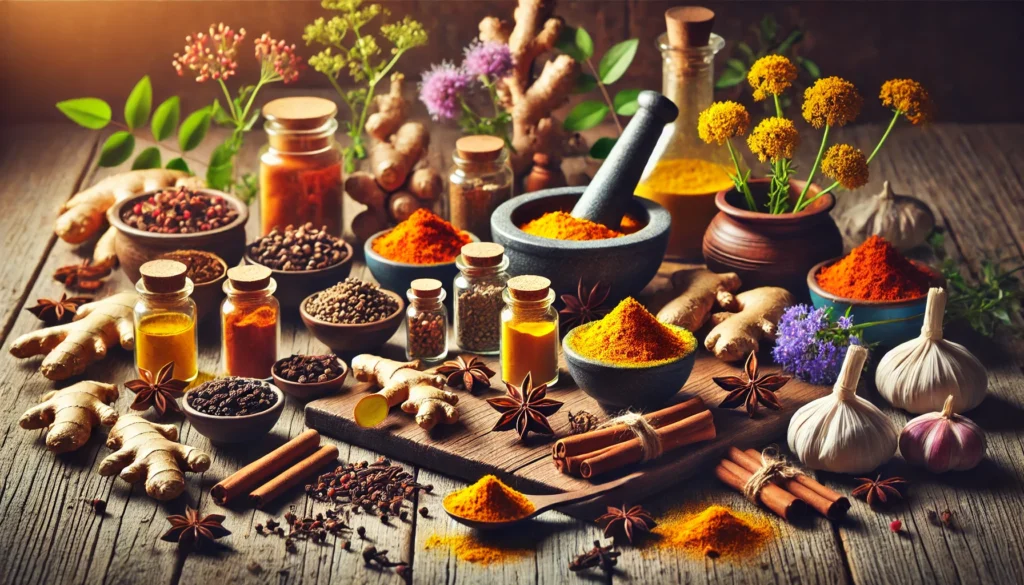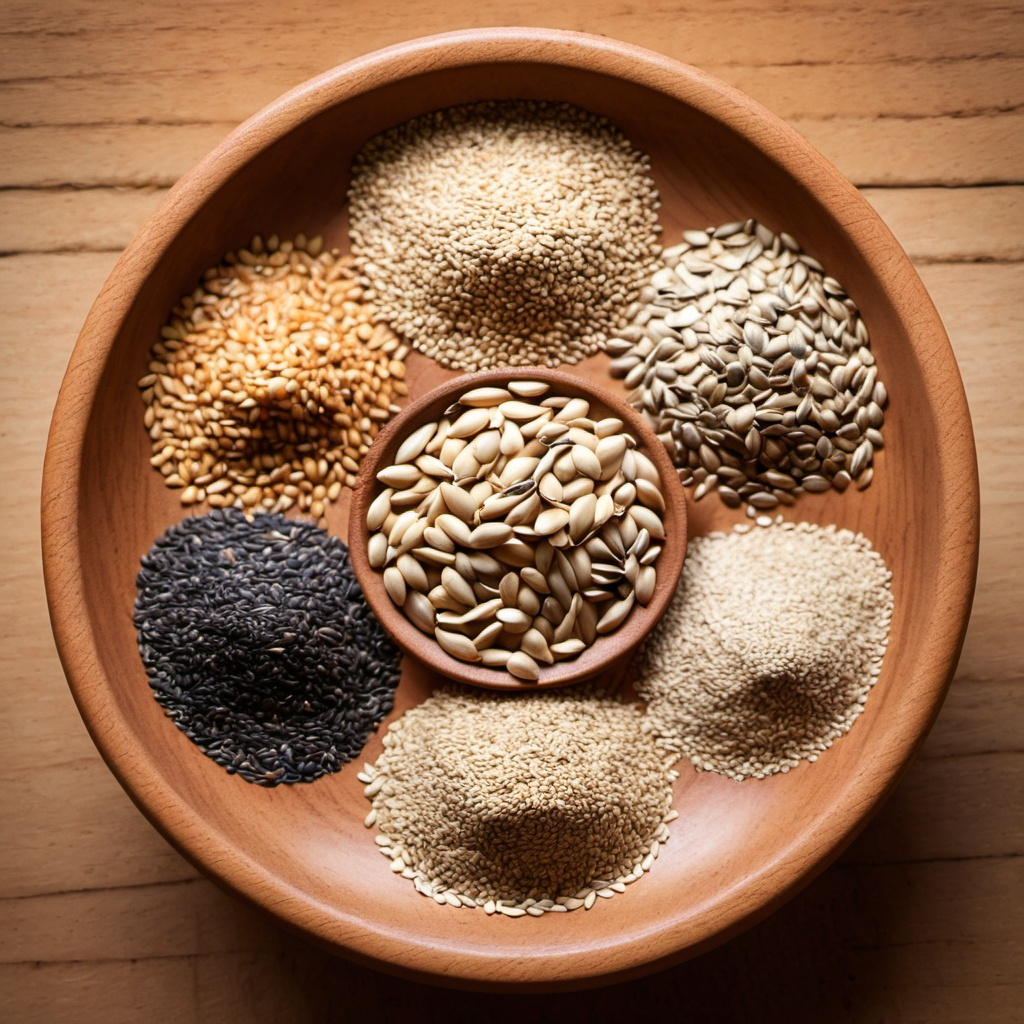Who Uses Asafoetida? Discover Its Role in Indian, Middle Eastern, and Plant-Based Cuisines
Asafoetida, often referred to as hing in India, is a spice that has a fascinating history and is integral to many traditional cuisines around the world. Despite its pungent, sometimes overwhelming aroma, it imparts a unique depth of flavor to dishes, and its uses are varied across different cultures. Let’s explore who uses asafoetida, where it’s found in cooking, and how this humble ingredient packs a punch in both flavor and health benefits.
1. Indian Cuisine: A Staple in Vegetarian Dishes
India is perhaps the most notable user of asafoetida, where it holds a revered place in kitchens, especially for vegetarians. The spice is known for its ability to transform simple lentil and vegetable dishes into flavor-packed delights. Asafoetida is often used in tadka (tempering), where it’s sautéed in oil or ghee and added to dals, curries, or chutneys to provide a savory, umami-rich note. Its earthy flavor is often compared to onions or garlic, making it a perfect substitute for these ingredients in vegetarian cooking.
Dishes like dal tadka, sambar, and pulses would be incomplete without a pinch of asafoetida. It’s also a key ingredient in Indian spice blends such as garam masala and sambar powder, which are essential in the preparation of regional curries and stews.
2. Middle Eastern and Central Asian Cuisines
While it’s most commonly associated with Indian food, asafoetida also finds its way into the kitchens of the Middle East and Central Asia. In countries like Iran, it’s used sparingly in stews, meat dishes, and pickles to give them a robust and savory flavor.
In Iran, for example, asafoetida is occasionally found in kebabs and pulaos. It’s also used in the preparation of persian stews like khoresht, adding a complex flavor that elevates the richness of the dish.
Although it’s not as widely used as in India, the spice still has its place in traditional recipes and continues to be passed down through generations.
3. Vegetarian and Vegan Cooks
For those following vegetarian or vegan diets, asafoetida becomes an essential ingredient. It’s prized for its ability to impart the savory umami flavor that’s often missing in plant-based dishes. This makes it an excellent substitute for garlic, onions, and other umami-rich ingredients that might not be allowed in certain dietary restrictions or just avoided for personal preference.
Many vegans and vegetarians use asafoetida when cooking legumes, like beans and lentils, because it can also help to reduce bloating and digestive discomfort that often comes with eating these foods. In fact, hing is commonly believed to have digestive properties, which is why it’s also used in Ayurvedic medicine for gut health.
4. Ayurveda and Traditional Medicine
In addition to its culinary uses, asafoetida has a long history in Ayurvedic practices. In traditional medicine, it is considered to have various health benefits, particularly for digestive issues. It is often used as a remedy for bloating, gas, and indigestion, making it a valuable addition to the spice cabinet for people looking to maintain a healthy digestive system.
Some also believe that asafoetida can act as a natural antimicrobial agent, helping to promote overall wellness. It has been used as an ingredient in herbal teas and as part of digestive formulations.
5. Who Else Uses Asafoetida?
Home Cooks and Enthusiasts: More adventurous home cooks, particularly those interested in international or fusion cuisine, often experiment with asafoetida to add a unique twist to their dishes. Whether it’s added to a soup, stew, or even a salad dressing, this spice can bring something new to the table.
Health-Conscious Individuals: With the rise of health and wellness trends, more people are turning to ingredients like asafoetida for their purported digestive and antimicrobial benefits.
Vegetarian and Plant-Based Chefs: As plant-based cooking grows in popularity worldwide, so does the use of spices like asafoetida. It plays a crucial role in creating flavorful plant-based dishes that replicate the umami found in meat-based recipes.
#Asafoetida #Hing #IndianSpices #VegetarianCooking #AyurvedicMedicine #PlantBased #Spices #FlavorfulCooking #CulinaryAdventure
